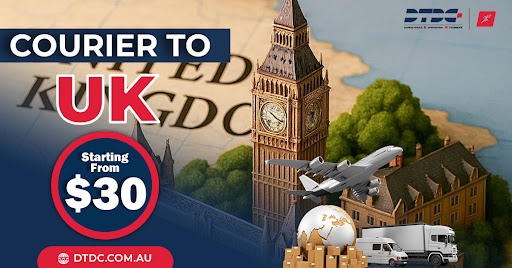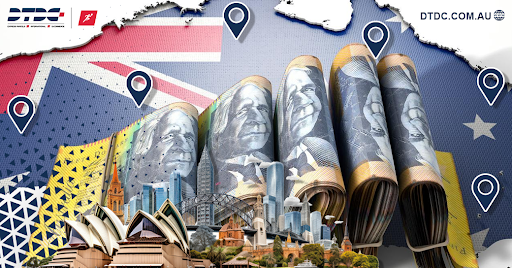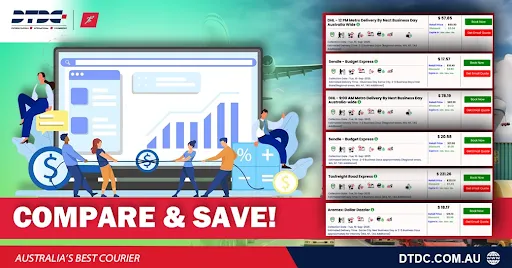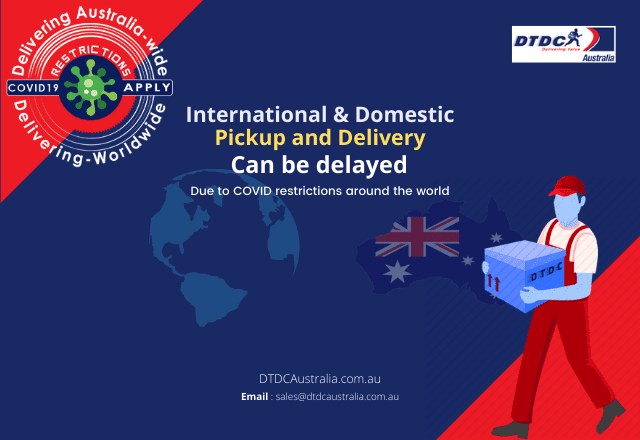What is Reverse Logistics?
Reverse logistics is a critical supply chain management process that moves goods from their typical final destination (customers) back to sellers, manufacturers, or distributors. Unlike traditional logistics that flows from manufacturer to consumer, reverse logistics flows backward through the supply chain to recapture value or ensure proper disposal.
The Council of Logistics Management defines reverse logistics as “the process of implementing, controlling, and planning the cost-effective flow of finished goods, raw materials, and in-process inventory from the point of consumption back to the point of origin to properly dispose of these or to recapture value”.
Understanding Reverse Logistics Management
Reverse logistics management encompasses the strategic planning and execution of all activities involved in the backward flow of products. This includes returns processing, refurbishment, recycling, and disposal operations. Effective management ensures that companies can maximize value recovery while minimizing costs and environmental impact.
The Importance of a Reverse Logistics Centre
A reverse logistics centre serves as a specialized facility dedicated to handling returned products. These centers perform seven primary functions:
-
Returns Processing: Inspecting returned items and determining their condition
-
Remanufacturing and Refurbishing: Restoring products to like-new condition
-
Recycling and Disposal: Ensuring environmentally responsible handling of end-of-life products
-
Warranty and Defect Management: Processing warranty claims and repairs
-
Product Recalls: Managing the return of recalled products
-
Sustainable Practices: Supporting environmental goals through waste reduction
-
Customer Service: Streamlining the returns process for customer satisfaction
Why Reverse Logistics is Crucial for Consumer Electronics Brands
Consumer electronics face unique challenges that make reverse logistics particularly important. Shoppers return between 11 and 20 percent of consumer electronics devices, making this sector especially dependent on efficient reverse logistics.
Environmental Impact and E-Waste Management
Electronics contain hazardous substances including lead, mercury, and cadmium, which can pose serious environmental and health risks if improperly disposed of. Recycling one million mobile phones can recover 35,000 pounds of copper, 772 pounds of silver, and 75 pounds of gold. The e-waste generated in 2021 contained an estimated $62.5 billion worth of valuable materials.
Economic Benefits
Research indicates that 68 percent of return volume comprises devices that fail to meet customer expectations. Through effective reverse logistics management, companies can:
-
Restore returned devices to marketable condition through repair and refurbishment
-
Generate additional service revenue by reintroducing products to market
-
Access international markets where refurbished devices may have higher value
Regulatory Compliance
Regulatory bodies worldwide are implementing stricter e-waste management policies. The European Union’s Waste Electrical and Electronic Equipment (WEEE) Directive mandates that electronics manufacturers manage and recycle their products after consumer use. Compliance helps companies avoid legal repercussions while enhancing brand reputation.
Types of Reverse Logistics Processes
Modern reverse logistics encompasses several key processes:
-
Returns Management: Handling product returns from customers efficiently
-
Remanufacturing or Refurbishment: Repairing returned items for resale
-
Recycling and End-of-Life Management: Responsibly recycling products that have reached their lifecycle end
-
Unsold Goods Management: Processing inventory returned from retailers
-
Packaging and Repairs: Reusing packaging materials and repairing defective products
Optimizing Your Reverse Logistics Strategy
Data-Driven Improvements
Successful reverse logistics relies heavily on data collection and analysis. By tracking return reasons, companies can identify patterns and make adjustments to product design, sales processes, and ecommerce shipping practices.
Centralized Processing
Establishing dedicated return centers or warehouse spaces specifically for reverse logistics operations significantly improves efficiency. These facilities can better sort products and determine optimal next steps for value recovery.
Technology Integration
Modern ecommerce platforms benefit from automated reverse logistics solutions. Cloud-based logistics software can track asset recovery, manage refurbishment processes, and provide business intelligence analytics.
Strategic Partnerships
Collaborating closely with suppliers and logistics partners ensures a smooth, integrated customer experience. Companies should also consider working with specialized reverse logistics providers who have existing capabilities and infrastructure.
The Role of Reverse Logistics in E-commerce
The growth of e-commerce has significantly impacted reverse logistics. E-commerce sales have a higher return rate, with 17.6% ($247 billion) of merchandise purchased online returned, compared to 10% ($371 billion) for brick-and-mortar sales. This trend makes efficient reverse logistics even more critical for online retailers.
Building Customer Loyalty
Effective reverse logistics serves as a competitive differentiator. Companies that streamline their returns process and offer customer-friendly policies can build loyalty and encourage repeat business. When choosing the best courier service for e-commerce, businesses should consider providers with strong reverse logistics capabilities.
Sustainability and Consumer Behavior
Modern consumers increasingly favor brands that demonstrate environmental responsibility. Environmental efficiency influences domestic ecommerce buyer habits, making sustainable reverse logistics practices a valuable marketing tool.
Best Practices for Implementation
Policy Development
Companies should establish clear, customer-friendly return policies that consider the root causes of returns. These policies should be easily accessible and communicated clearly to customers through your chosen ecommerce platform.
Process Integration
Forward and reverse logistics processes should be integrated where possible. For example, delivery drivers can collect returned items while making new deliveries, saving time and transportation costs.
Performance Tracking
Companies should implement comprehensive tracking systems that link raw materials to finished goods and customer orders. This enables targeted recalls instead of blanket product line recalls.
Future Trends and Considerations
The reverse logistics industry continues to evolve, driven by changing consumer expectations and regulatory requirements. Companies operating in today’s market must consider how lockdown has affected the ecommerce industry and adapt their reverse logistics strategies accordingly.
Technology Adoption
Businesses should invest in building robust tech stacks that support both forward and reverse logistics operations. This includes implementing automated return portals, inventory management systems, and real-time tracking capabilities.
Global Considerations
For businesses expanding internationally, understanding the future of ecommerce trends and compliance requirements like U.S. sales tax collection becomes crucial for developing effective reverse logistics strategies.
Conclusion
Reverse logistics has evolved from a necessary cost center to a strategic competitive advantage. By implementing comprehensive reverse logistics management systems, companies can reduce environmental impact, improve customer satisfaction, ensure regulatory compliance, and capture significant value from returned products. As e-commerce continues to grow and environmental concerns become more pressing, businesses that excel at reverse logistics will be best positioned for long-term success.
The key to successful reverse logistics lies in viewing it not as an afterthought, but as an integral part of the overall supply chain strategy that supports both business objectives and sustainability goals.













